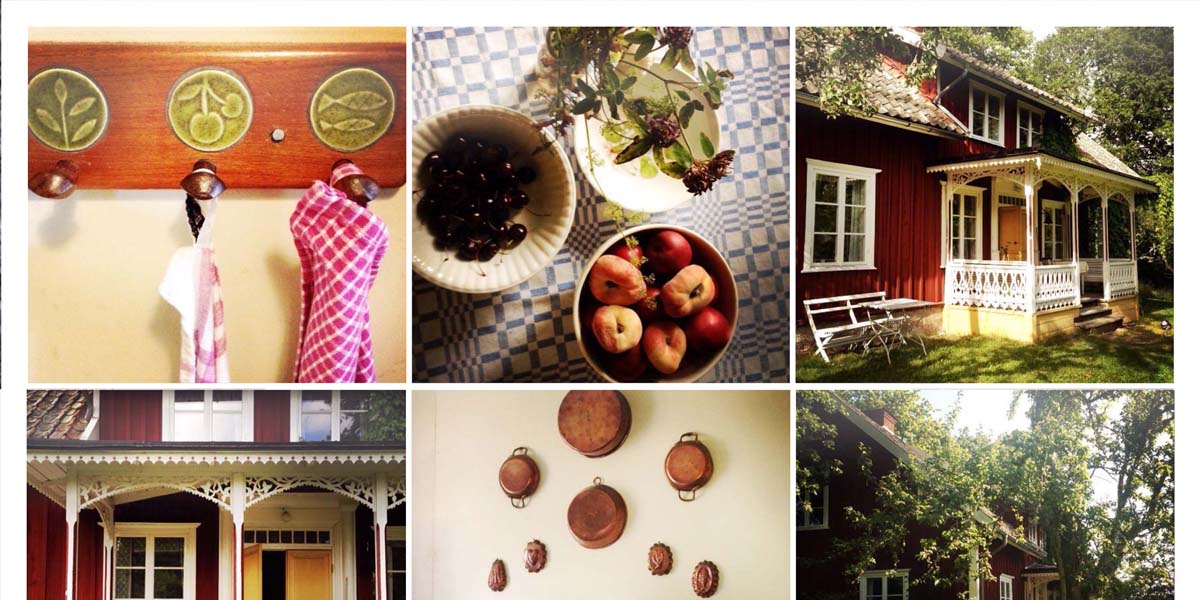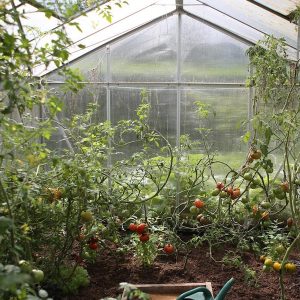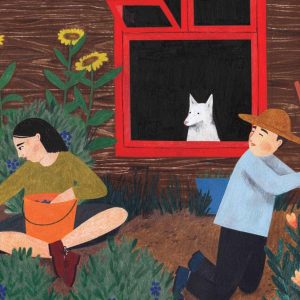A place to call home is not necessarily your own house. Even though she may not live in her dream home (yet), journalist Caroline Buijs gets to enjoy beautiful places by ‘borrowing’ them from time to time.
In his book The Architecture of Happiness, Swiss-British philosopher Alain de Botton writes that you can call a place home without actually owning it: ‘In turn, those places whose outlook matches and legitimates our own, we tend to honor with the term “home”. Our homes do not have to offer us permanent occupancy or store our clothes to merit the name. To speak of home in relation to a building is simply to recognize its harmony with our own prized internal song. Home can be an airport or library, a garden or a motorway diner.’
Vacation homes
Vacations are the perfect time for a homestay: living in a ‘real’ house when the owners are away on vacation. The best part is that it offers you a glimpse into someone else’s life and it’s a great way to get decorating ideas for your own home. If there is a piano in the house you can watch a YouTube video and learn how to play your first notes, or you can experience what it is like to have a rooftop terrace or a hammock in the yard. The house has character because someone actually lives in it.
I’ll never forget the homestay where I finally got to live in the house I dreamed of living in as a kid: a Swedish-style house like Pippi Longstocking’s. That was definitely, as De Botton says, in harmony with my own prized internal song. It had a nicely filled bookcase, a cabinet full of different vintage china cups and plates, a wooden veranda (without a horse but still with a beautiful view), flowered wallpaper and a typical Swedish fireplace. And the icing on the cake was that the Swedish author (and creator of Pippi Longstocking) Astrid Lindgren herself had stayed there before—she and the owner were friends—so it immediately became a hit with my daughter too.
Friendly neighbours
That night after reading Ronia, The Robber’s Daughter she asked softly, “Do you think this is the bed Astrid slept in?” The house is located in a small neighborhood comprised of three houses, just like in Lindgren’s village of Bullerby (based on the real Swedish village, Sevedstorp). The stay that summer was made even better by the neighbor who told us in his broken English that we could take as much lettuce out of his yard as we wanted.
When we stayed in the house for the second time during Christmas and it snowed at night, the same neighbor came over of his own accord and shoveled the driveway. The owners of the house also went out of their way to pick us up on Christmas Eve and bring us back through the mist that commonly arises in the area—it was a half-hour journey through a dark and snowy fairy-tale landscape.
- More about temporary homes can be found in Issue 22.
Text and photographs Caroline Buijs














